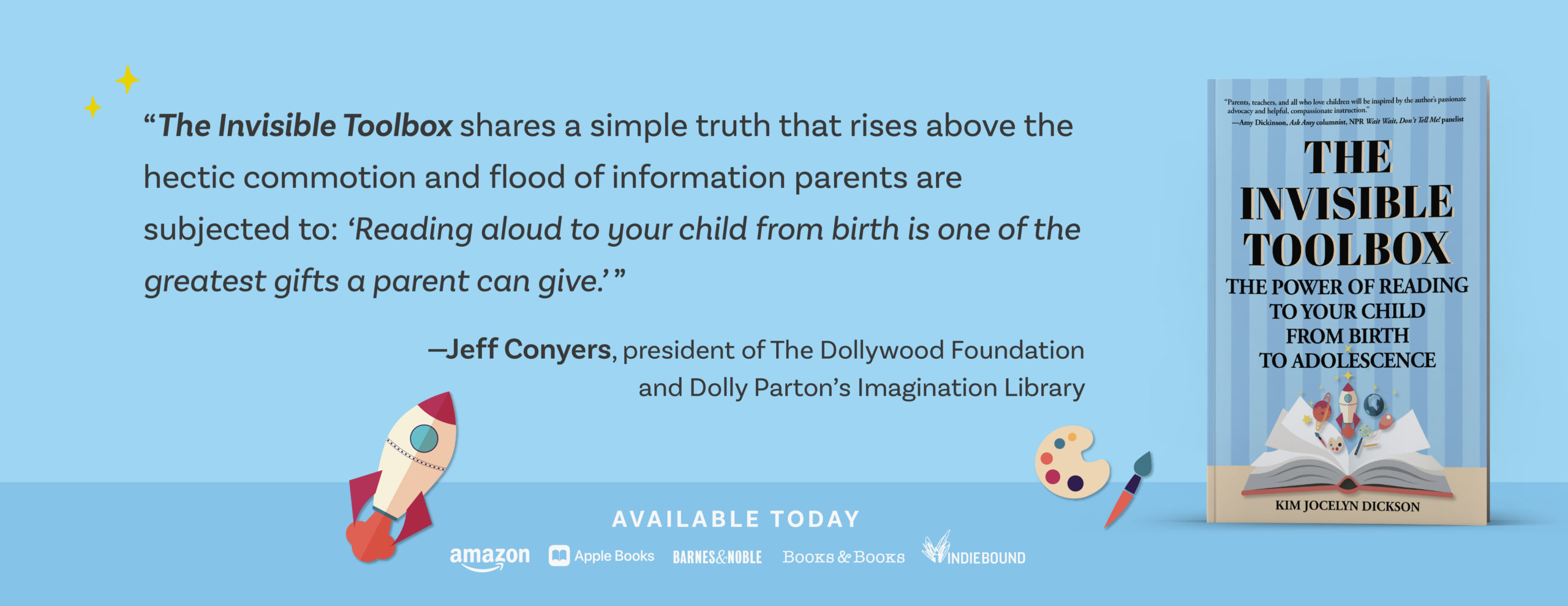How Reading Inspires Imagination
Can you see it?
Can you see that little Miss Hattie’s Invisible Toolbox is already under construction?
Its foundation is absolutely evident, no question about it:
Hattie understands that the joy of reading begins with *connection.*
She’s got all her favorite friends lined up to share the joy of reading with them, just as her parents—and maybe even her teachers or caregivers—have with her.
Not only can we see evidence of her Toolbox, it’s also clear that she’s already accumulated some very important *tools.*
These tools are priceless gifts that Hattie will carry with her when she enters kindergarten with a lunchbox in one hand, and her Invisible Toolbox in the other.
Which *Tools* Are Already Visible?
🔹An Attraction to Books
(Super helpful for a child to have this one under their belt upon arrival at school as having the motivation to learn to read is vastly underrated.)
🔹An Expanded Imagination and Intellectual Curiosity
(All children are born with the capacity for these qualities. But they only bloom when they are cultivated through reading and play. Which brings us to the next one…)
🔹The Ability to Find Joy—Anytime, Anywhere
(This might mean the joy of curling up with a book no matter where you are or what your circumstances. But it can also lead to exactly what Hattie is showing us here. Reading can actually inspire play in the real world. Didn’t my Trixie Belden mystery series inspire me to become a girl detective on the lookout for mysteries to solve in the neighborhood when I was ten??)
These are just THREE of the pre literacy tools that Hattie will carry with her when she begins school and is taught to read.
Based on this photo alone, I suspect there are many more in development…
To learn more about the tools that are gifted when we read aloud to our child, check out The Invisible Toolbox: The Power of Reading to Your Child from Birth to Adolescence.

















